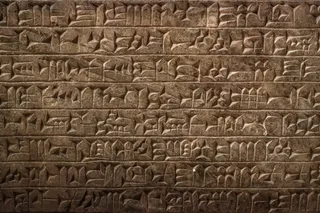The only constant is change. At least, that’s what the Greek philosopher Heraclitus is credited to have said. And while science and philosophy don’t always go hand in hand, there is some truth to Heraclitus’ notion. Change is inevitable and, in some cases, necessary for our species to evolve. While some change happens automatically, like the tides going in and out, some changes bloomed from scientific discoveries.
Using fire to cook food and keep warm propelled our ancestors toward the foundations of early settlements and continued the growth of civilization. Using fire to shape metals for weapons and building materials led to more and more discoveries and more and more advancements. While many advances shaped humanity, we’ve focused on ten significant scientific discoveries that changed the world.
The discovery of DNA didn’t so much change the world as it did our understanding of it — more so, our understanding of ...
















